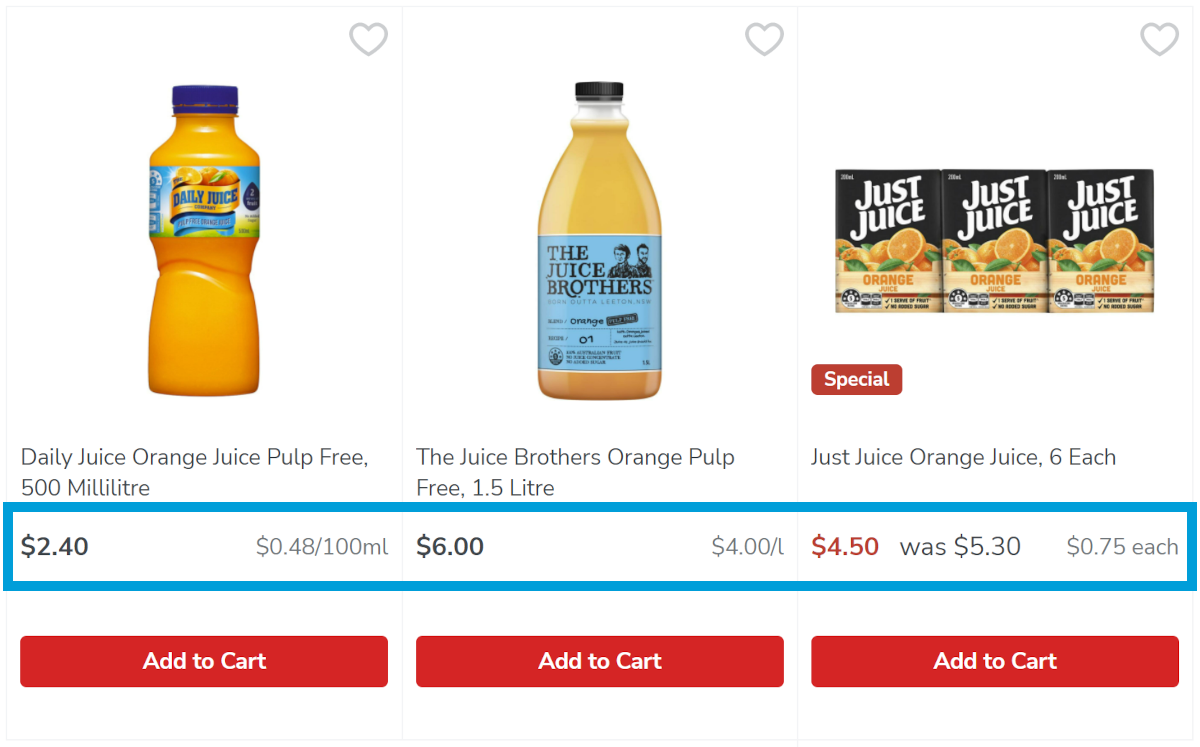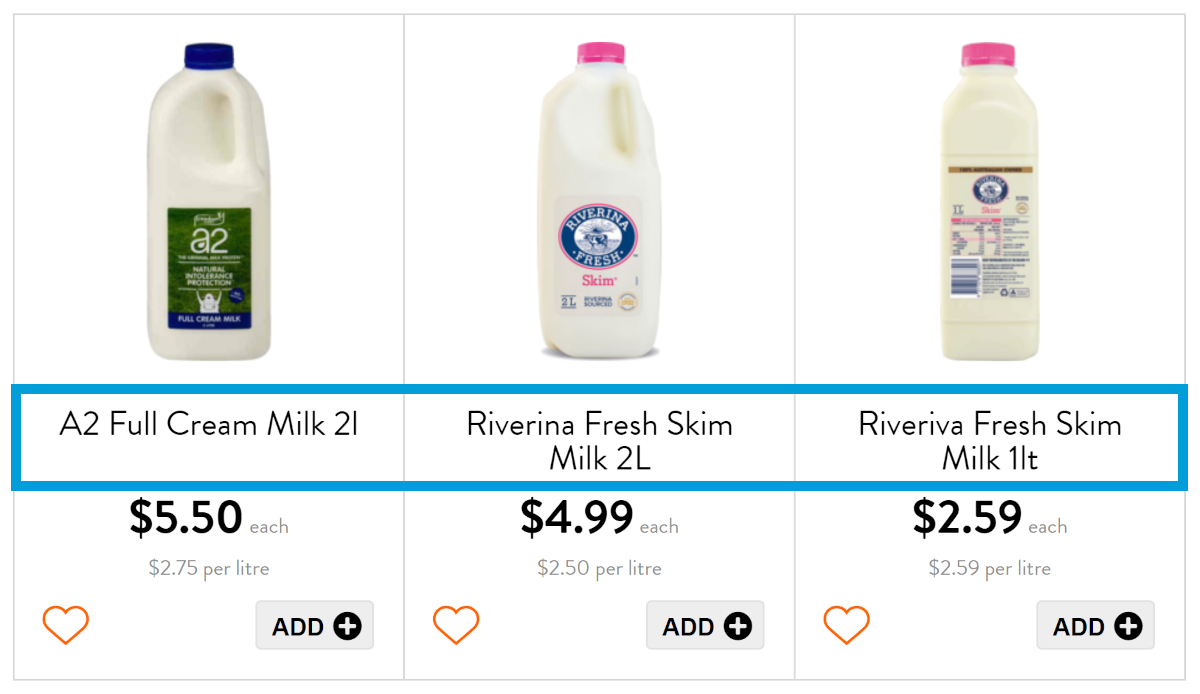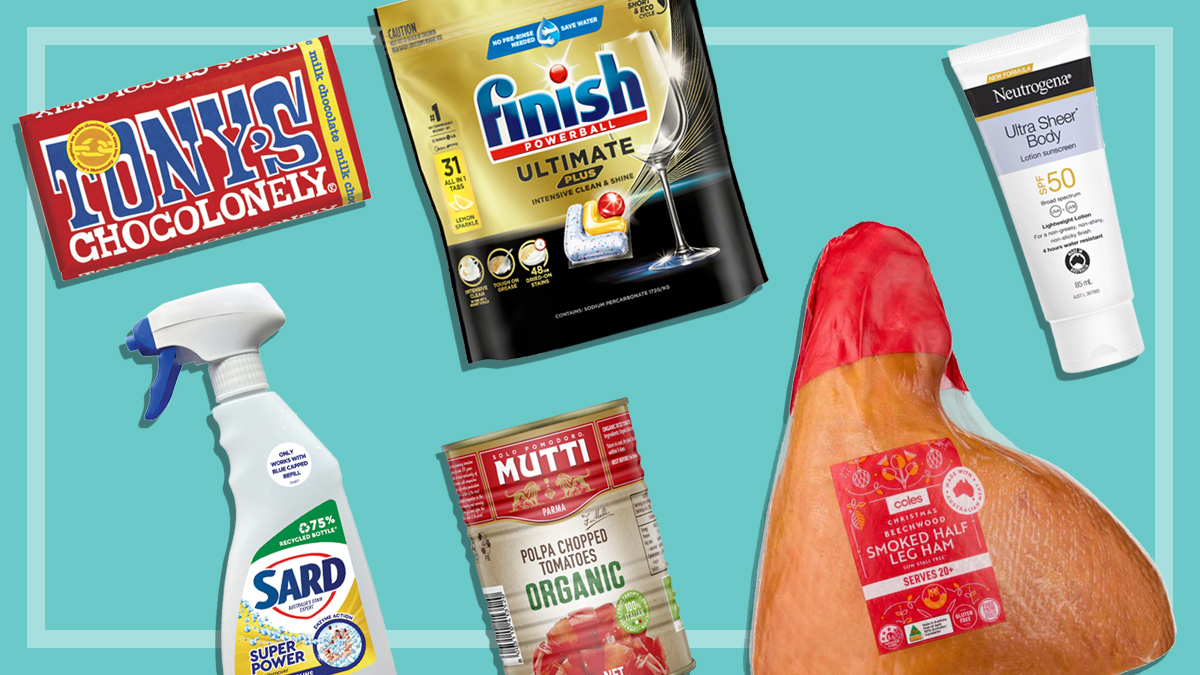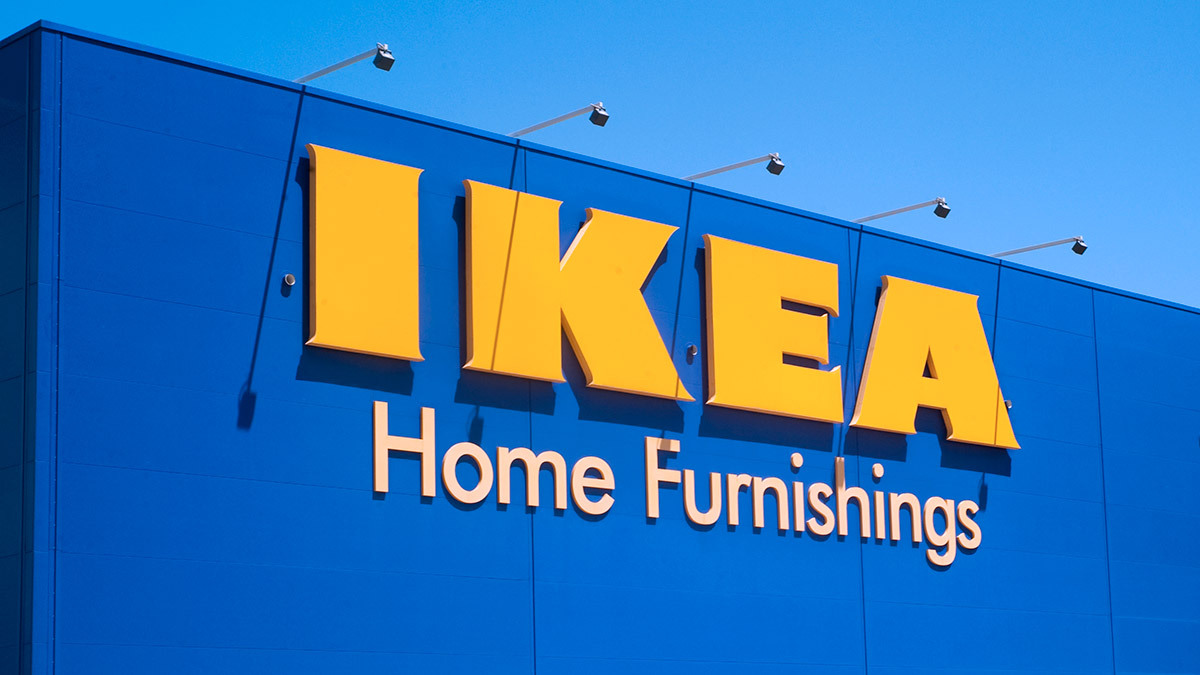Get our independent lab tests, expert reviews and honest advice.
Are your online groceries priced correctly?

Need to know
- More of our grocery shopping is being done online, a change largely driven by COVID-19
- Unit pricing is designed to help you choose which products offer the best value
- Some online supermarkets are failing to follow the rules
Do you prefer shopping for groceries from your computer, or visiting a store in person? If it’s the former, you’re not alone.
According to market researcher IbisWorld, revenue from the online grocery shopping industry grew 27.7% between 2016 and 2021, driven largely by the COVID-19 pandemic.
Given the rising popularity of online grocery shopping, it’s more important than ever that retailers display product pricing in a fair and easy to understand manner. This is where unit pricing comes in.

What is grocery unit pricing?
The Retail Grocery Industry (Unit Pricing) Code of Conduct is a legally-binding set of rules administered by the ACCC to make it easier for shoppers to quickly and accurately compare the value of pre-packaged grocery items.
Unit pricing requires two prices per item – the selling price and the unit price.
If you’re deciding between a 1.5L and 2L bottle of milk, the selling prices might be $2.95 and $3.30 respectively. In this instance, the Code requires they also have unit prices displayed in dollars per litre.
The unit prices for these two items are $1.97 per litre and $1.65 per litre – clearly making the more expensive 2L bottle the better value product.
The Code has requirements for the unit pricing measurement, based on the type of product. If the grocery item is supplied:
- by volume, it’s measured per 100ml
- by weight, it’s measured per 100g
- by length, it’s measured per metre
- by area, it’s measured per square metre
- by number, it’s measured per item included.
Where the unit price per item must be displayed, the kind of grocery item may be referred to in the unit price – for example, “per nappy” or “per 100 nappies”. Grocery items usually supplied as a pair – like rubber gloves – are considered one item for the purposes of the code.
There are some exceptions to the above, including fruit and vegetables (per kilogram), beverages (per litre), cheese (per kilogram), and meat (per item supplied or per kilogram).
Where items qualify for multiple values (e.g. by weight or number), the retailer can choose which to use, but unit pricing should be consistent for that item. For example, you can’t list the unit price of loose apples by weight, but a packet of apples per item. It’s one or the other, or you can list both unit prices.
But a retailer can choose to list different products within a broader category differently – e.g. apples per weight and lemons per item.
According to the ACCC, unit pricing must be:
- prominent – it must stand out so that it’s easily seen
- proximate – it must be close to the selling price for the grocery item
- legible – it must be easy to read
- unambiguous – the information must be accurate and its meaning must be clear.
Who needs to display grocery unit pricing?
Any retailer selling the Code’s definition of the ‘minimum range’ of food-based grocery items is considered a Prescribed Retailer and must comply. The minimum range covers 11 categories, every one of which must be represented in an online retailer’s catalogue for unit pricing to be mandatory.
Other retailers can choose to provide unit pricing, but must comply with the guidelines if they do.
The 11 categories listed in the Code are:
- bread
- breakfast cereal
- butter
- eggs
- flour
- fresh fruit and vegetables
- fresh milk
- meat
- rice
- sugar
- packaged food, other than food already mentioned in this list.
Unit pricing for online shopping
When the Code commenced in 2009, some online platforms were slow to comply. An ACCC report in 2010 found:
- only 35% of online retailers displayed unit prices for all products
- 18% had it for some products
- 47% had no unit pricing at all.
How the online retailers perform now
A 2022 report from a grocery price comparison group found the online stores for Coles and Woolworths were 94% and 91% compliant, respectively. This is a significant improvement from the ACCC’s 2010 figures.
But how compliant are the other online grocery retailers?
We compare IGA, FoodWorks and Harris Farm Markets (which delivers to areas of NSW, Queensland, Victoria and the ACT).
Aldi’s online store doesn’t cover the Code’s minimum range, and therefore isn’t subject to unit pricing.

IGA
We found IGA made regular errors with unit pricing. For example, most products we viewed that weighed under 1kg or that contained less than 1L of fluid were priced per 100g or per 100mL. For 1kg or 1L and above, the unit price became per kilogram or per litre.
This is wrong. All items must use the unit pricing assigned by the Code, regardless of weight or volume. A 375mL can of soft drink should be unit priced per litre, as should a 2L bottle.

Occasionally, items were priced per unit where other comparable items used weight. For example, party packs of chips displayed the price of each small chip packet, but gave no indication of price per weight. This means keen party hosts can’t use unit pricing to weigh the cost of party packs versus single-packet chips. The same was true for comparing a bottle of juice and a pack of juice boxes.
With items that were on sale, it wasn’t immediately clear if unit pricing referred to the sale price or the original price.
Plain and self-raising wheat flour was priced correctly (per kilogram), but any other types of flour, such as gluten-free flour or corn flour, were priced per 100g.
Where item weights, volumes or values matched unit pricing – e.g. a 1kg pack of apples – IGA didn’t provide a unit price separate to the selling price. IGA also sometimes didn’t provide unit pricing for easily-divisible weights, such as a 2kg or 5kg pack of potatoes.

FoodWorks
Overall, FoodWorks did well with unit pricing. It was the only supermarket of the three we looked at that allowed product sorting based on unit price (low to high). This isn’t a compulsory feature, but it’s recommended by the ACCC. The online stores for Woolworths and Coles also let shoppers sort products by unit price.
Where an item’s weight matches its unit pricing weight – e.g. a 1kg pack of apples – FoodWorks adds “per kilogram” next to the selling price. But the Code requires a unit price be listed in addition to the selling price, not as part of the selling price.
When we found non-compliance elsewhere, it was with an individual product and not representative of an incorrect unit pricing system.

Even so, there are still some areas where FoodWorks might take on board non-compulsory suggestions from the ACCC.
- Measurements that are part of product names are inconsistent. For example, a lower case “l” is often used for litre. Other times it’s “lt” or the correct “L”. Grams are sometimes represented in product names as “gm”, but the unit pricing correctly uses “g”.
- Where per-item products are sold in multi-item packets, the word “each” is used to describe both the selling price and the unit price. A pack of six bread rolls might be listed as “$3.00 each” with a unit pricing of “$0.50 each”, which could be confusing.
- FoodWorks uses a faded grey colour for its unit pricing, which could be hard to view on some screens or for people with limited vision. The ACCC requires text to contrast with its background, and offers examples such as black text on white or yellow.

Harris Farm Markets
We found no systemic problems with Harris Farm Market’s unit pricing. When viewing the items from our list, we only found errors that read as discrete mistakes for specific products.
But there are non-compulsory improvements Harris Farm Markets could make to its unit pricing experience.
- The search function couldn’t be filtered by category, so would turn up a lot of unwanted results. We had to navigate the website menus to find many products.
- You can’t sort or filter search results by price at all, including unit price.
- Unit price fonts have a faded grey colour. The ACCC specifies the font should contrast with the background, and gives examples such as black on white or black on yellow.
Not happy with how your online supermarket does unit pricing?
If you discover your go-to online supermarket is less than stellar when it comes to unit pricing, what do you do?
You can shop elsewhere, but you can also contact the retailer via their website by online form or by finding a customer support or queries email address, or you could ask them via social media.
If you want to see things change, we recommend making a complaint through the ACCC’s website. While they don’t get involved with resolving individual complaints, it helps them identify widespread problems. The larger the number of complaints, the more likely they are to investigate non-compliance with the Code.
Otherwise, be sure to take note of when unit pricing varies between products of the same type and pay extra attention when figuring out which one is the best deal.






